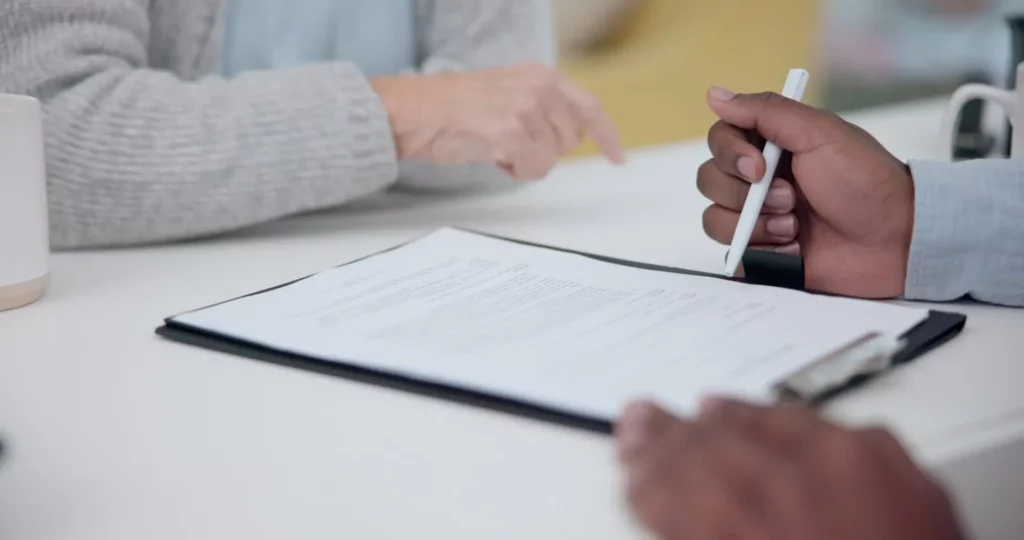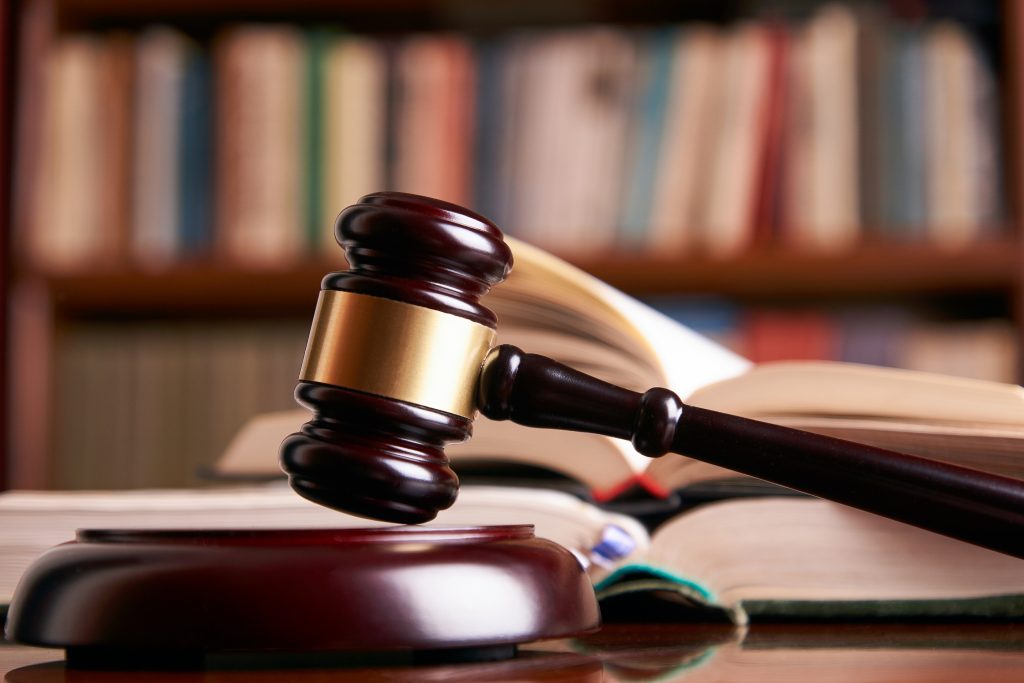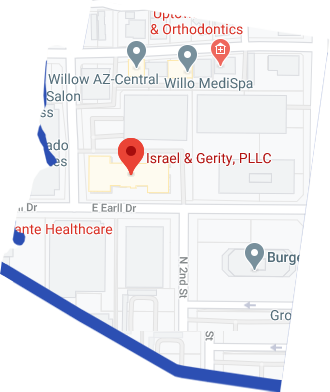Nearly two years ago, a pedestrian was killed in Phoenix by self-driving Uber that failed to stop, despite the car detecting her in the roadway. Autonomous technology has always been hailed as a way to eliminate crashes caused by human error. This incident, however, destroyed the trust of many consumers who had previously hoped to see a rollout of self-driving cars.
Since the 2018 pedestrian death occurred, an investigation was launched by the National Traffic Safety Board (NTSB). The federal agency found that self-driving Uber identified the pedestrian within six seconds before striking her. However, at 1.2 seconds prior to the crash, the sensors became confused by her movements and were unable to properly classify her as a pedestrian outside of a crosswalk.
What caused the self-driving Uber to fail?
The investigation revealed that Uber had disabled automatic emergency braking, which could have potentially saved the pedestrian’s life. Instead, Uber enabled an alarm system to alert the operator of a potential collision risk. At the time of the crash, the operator was distracted by her cellphone. She wasn’t alerted until .2 seconds before the car struck the pedestrian, allowing no time to react.
The investigation also revealed that:
- The operator had her eyes off the road during 34 percent of the test ride. She reportedly glanced away 23 times within three minutes of the crash.
- Prior to piloting the self-driving car, Uber never established an effective safety plan.
- The self-driving Uber’s software wasn’t optimized to identify pedestrians outside of crosswalks.
- There was no adequate oversight over the operators.
We will likely see more self-driving cars in Arizona
The Phoenix pedestrian death doesn’t mark the end of autonomous vehicle technology. According to CNN Business, the complete rollout of self-driving cars will likely not be here anytime soon. In the meantime, more research and development will need to be done.
In addition, there must be a collaborative effort from businesses, rideshare companies, and public transportation, as well as local, state, and federal government agencies. Safety regulations must be established and enforced, and testing must be done to ensure that all cars meet strict safety standards.
We will likely continue to see more testing of autonomous cars and trucks on Arizona roadways. In fact, many companies plan to use self-driving cars to transport inventory and provide transportation.
This is likely not the last time we will hear about a death involving a self-driving car. Should you or a loved one be injured in a crash with an autonomous vehicle that experienced a glitch or a malfunction in its system, you may be eligible to take legal action.
The Phoenix car accident attorneys at Israel & Gerity, PLLC can help you pursue a strong legal claim. To learn more, contact us online and schedule your free consultation.





